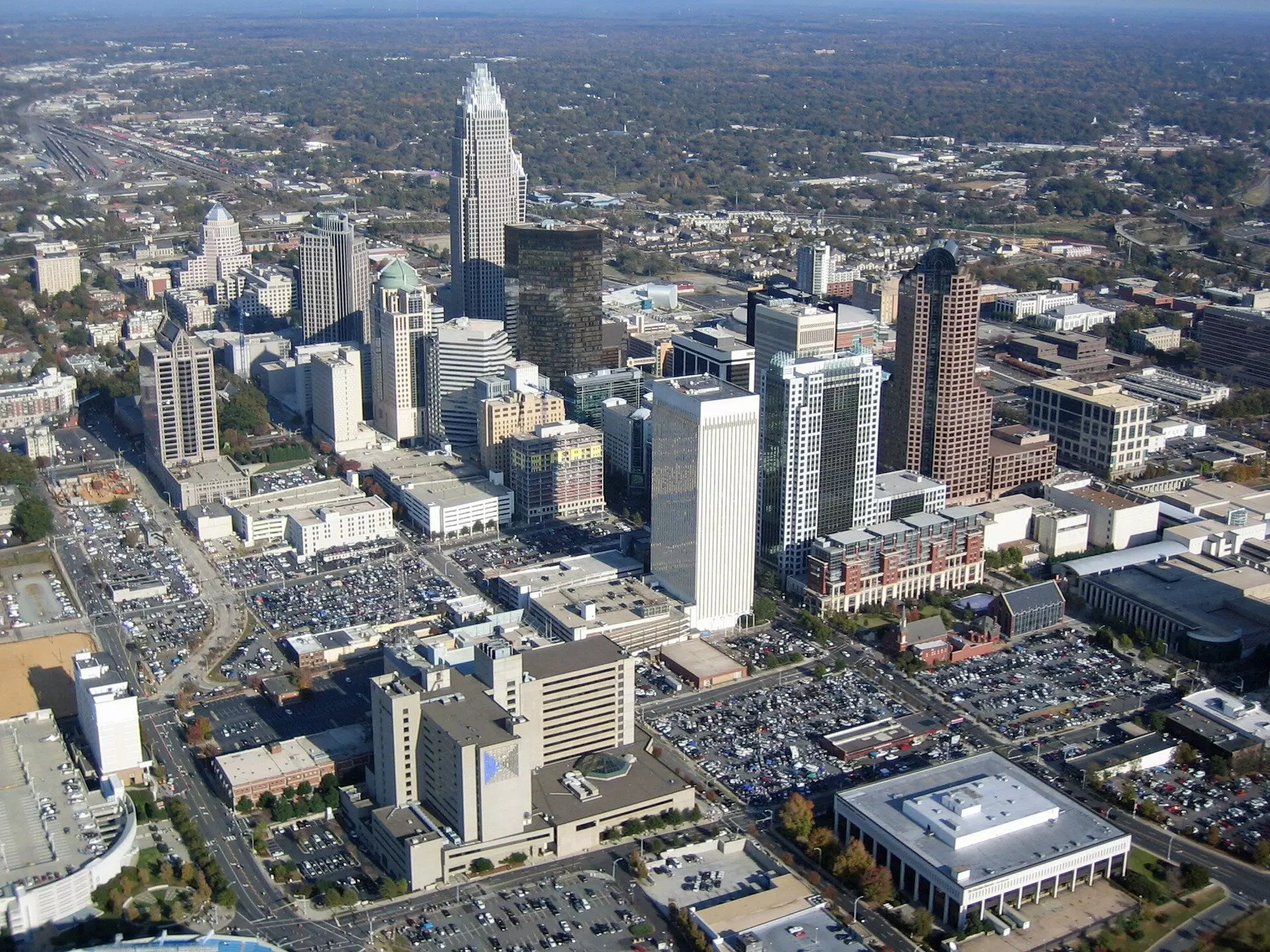The phenomenon of climate change is manifesting in various ways across the globe, with one pressing issue being the intensified heat felt in urban areas, particularly in cities located in the Global South. With an increasing number of these cities facing extreme heat conditions, the lack of accessible green spaces significantly exacerbates the problem. New research published in the esteemed journal Nature Communications underscores the disparity in cooling capacities between urban environments in the Global North and South. The findings reveal that cities in the Global South possess only 70% of the cooling potential attributed to urban greenery in their northern counterparts.
Urbanization has facilitated rapid growth in cities, transforming them into “heat islands.” These areas are markedly hotter than surrounding rural zones due to human activities and infrastructure that absorb heat. The consequences of this phenomenon extend beyond discomfort; they lead to heightened risks of heat-related illnesses and fatalities.
Amidst this escalating crisis, urban green spaces emerge as a crucial buffer against extreme temperatures. Parks, gardens, and urban forests provide vital cooling effects through shading and the process of evapotranspiration, which helps to regulate city temperatures. The recent study, spearheaded by an international team from respected institutions including Nanjing, Exeter, Aarhus, and North Carolina State universities, unveils the immense potential these green spaces have in cooling urban environments, particularly in heavily populated regions of the Global South.
According to Professor Tim Lenton from the University of Exeter, the current climate crisis disproportionately affects vulnerable populations residing in slums and impoverished districts in cities across the Global South, including some of the hottest regions in India. The analysis indicates that the inclusion of more green space can lower local surface temperatures by approximately 3°C during warmer months—a critical adjustment when faced with extreme heat challenges.
Utilizing satellite data from the world’s 500 largest cities, the team assessed the extent to which urban vegetation can mitigate surface temperatures. Surprisingly, cities in the United States dominated the rankings for cooling capacity, while the study found that Mogadishu in Somalia and Sana’a in Yemen possessed the least cooling resources. Notably, the data revealed that Chicago—typically recognized for its extensive parks—hosts a surprisingly low cooling capacity among U.S. cities.
Furthermore, the research unveiled alarming inequities within urban green spaces. With a cooling benefit of 2.2°C on average for city-dwellers in the Global South compared to 3.4°C for their counterparts in the Global North, it’s evident that lower vegetation density and potentially less effective maintenance are contributing factors to this disparity.
Professor Chi Xu of Nanjing University highlighted the need for urgent action to amplify the cooling benefits of greenery in Global South cities. Investing in urban forestry can yield substantial long-term advantages for residents grappling with the heat effects.
Bright Prospects through Investment and Management
Despite the daunting challenges posed by the current state of urban greenery, experts express hope that effective strategies can substantially enhance urban cooling in the Global South. Professor Rob Dunn from North Carolina State University emphasizes the importance of re-greening initiatives, although these may entail high initial costs. Protecting and maintaining existing green spaces is equally crucial, as it ensures that cities do not lose precious cooling resources.
There is an intrinsic value in re-evaluating urban landscapes and integrating nature into city planning. By intentionally investing in urban green spaces, cities can transition into healthier, more livable environments that account for the dynamic and often severe pressures of climate change. The global community must not only acknowledge the existing inequities in urban cooling solutions but actively seek to address these disparities through collaborative efforts.
The pressing reality of increased heat exposure in Global South cities presents a unique opportunity for transformative change through urban green space developments. As cities brace for the impacts of climate change, enhancing their cooling capacities through green infrastructure emerges as not just an environmental necessity but a social equity issue as well. Bridging the gap in urban cooling efforts can protect vulnerable populations, promoting health and resilience against the escalating heatwaves of the future. The road ahead may be challenging, yet the urgency to act has never been clearer.

